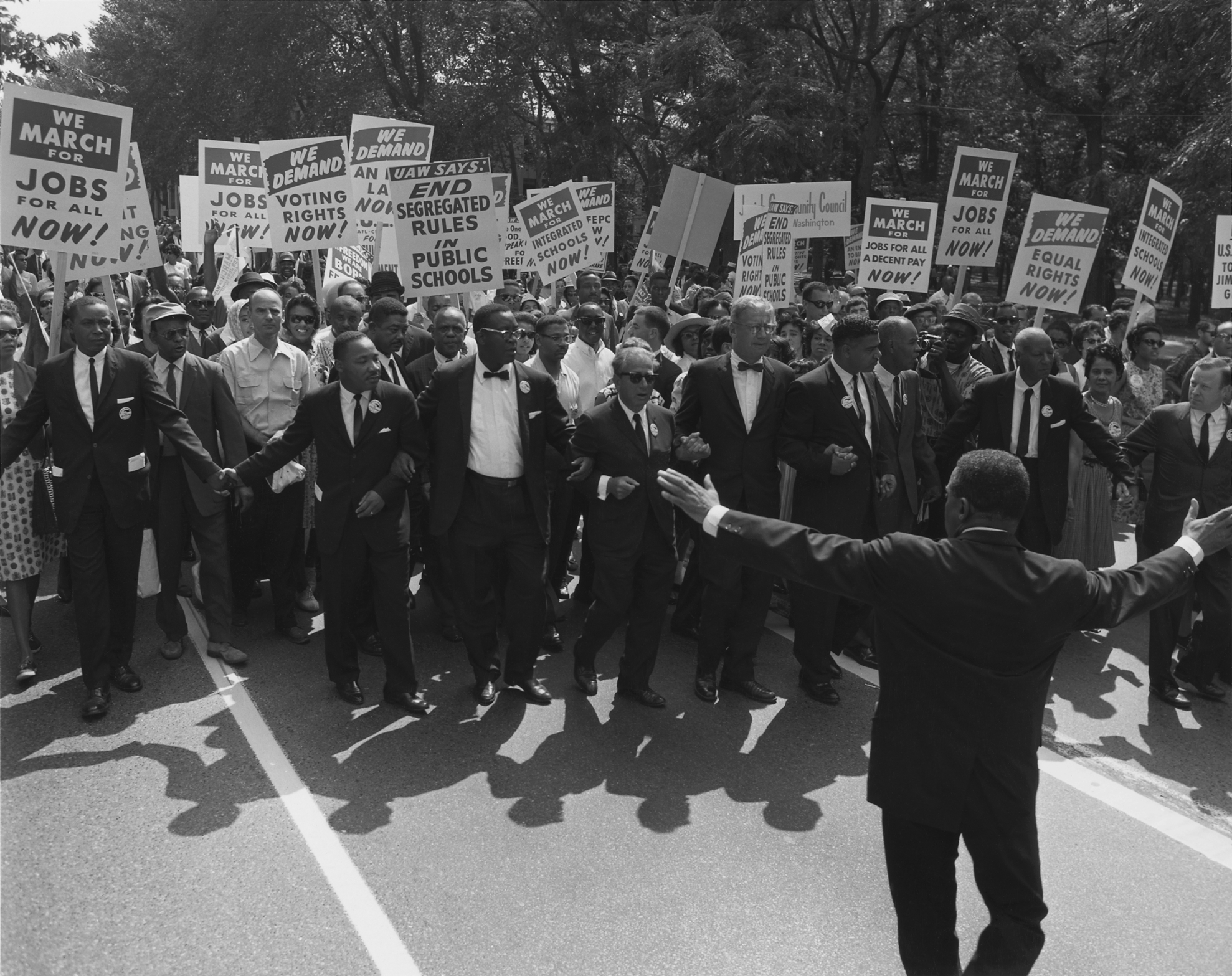
In 1954, the American Jewish Committee supported the NAACP during the historic Brown v. Board of Education case. In 1965, Rabbi Abraham Joshua Heschel marched to Selma with Dr. Martin Luther King. And a month ago, I heard a college-aged white Jew equate his family’s historical experience in Europe to the struggle that people of color face today.
Now, how to word a coherent critique of American Ashkenazi Jews in terms of race relations and not be called a “self-hating Jew” for the third time in a week — that is the question.
A difficult topic, no doubt, calling out people who I identify with on an issue that’s been on my mind for a very long time. How to simultaneously acknowledge our own past and present, while putting aside self-involvement for two minutes? How do I explain this in a logical manner when my blood is boiling, my eyes are tearing up, and my tendency toward disillusionment is at an all-time high?
I must keep my grievances on a small scale, as expanding them draws up tenuously connected issues that belong in a different conversation. I’ve had to look inward for these purposes, to analyze the presence this has had in my mind. And I have emerged thoroughly disappointed with people I considered close friends.
Too often, I hear Ashkenazi Jews bring up their historical victimization when confronted by people who tell them about living with systemic oppression in the United States. That historical victimization still echoes loudly around the world, and that historical victimization forever altered the Jewish psyche. But in the case of people of color describing very real, very traumatic experiences, I have seen white people, identifying as Jewish, respond by belittling the issue, and going on to claim that they have a right to claim a similar experience by reminding their listener of their ancestors’ oppression in Europe. The problem is, these people do not share the same experiences.
Ashkenazi Jews have white skin. And even being Ashkenazi, sometimes my dark curly hair and easily-tanned skin are mistaken for something else. But I am quick to identify myself as white, because this is an undeniable truth, and with that whiteness comes privilege. Not religious privilege. Race privilege. Yes, sometimes I get a little sad at the dinky Chanukah aisle at the department store. I get nervous when I see protective police presence at High Holiday services. I get angry at the spray-painted swastikas everywhere from synagogues to fraternities. But none of these emotions can eliminate the fact that my privilege is still there.
I am an advocate for remembrance. I see the problems with telling Jews to “move on” from the traumas of the past. But the fact of the matter is that American Ashkenazi Jews must own up to the white privilege they live with on a daily basis, and be on the side of those who don’t. No more stories like that of Tal Fortgang, Princeton’s “poster child” of white privilege. Here is where the difference lies: a Jew can change their name, get a nose job, conceal their religion. Skin color cannot be hidden. Let’s be clear: I am not saying that the forced assimilation of Jews into white American culture was okay. I am merely pointing out situational differences.
Jewish whiteness is a different concept and a different experience from many other United States immigrant cultures. I heard the term “white ethnic” thrown around more than once this year. The idea that white, Ashkenazi Jews are on a different level of whiteness by virtue of the aforementioned historical victimization has been around for quite some time.
“In the 1940s and 1950s, I certainly grew up believing that Jews were different than white people and could be trusted where white people could not be,” Julius Lester, a retired professor at the University of Massachusetts Amherst, told the Forward in 2011. On the flipside, I’ve sung the African-American spiritual “Go Down, Moses” at a Passover seder. Is this appropriation, when Moses was the manifestation of the Hebrew deliverance from slavery? Or signs of an alliance that was formed years ago by way of an exchange of ideals and experiences?
The relationship is different now. While roots might be intertwined, there is a disconnect between the modern branches of oppressive hierarchies. The color of our skin holds weight, and for Ashkenazim, we must recognize the level this places us on. And this has been said before, by scholars in works including Troubling the Waters: Black-Jewish Relations in the American Century and What Went Wrong? The Creation and Collapse of the Black-Jewish Alliance, as well as in articles published by Jewschool and Tablet. My words are not revolutionary. But it’s become more and more apparent to me that Jews continue to bring up their victimization in order to diminish the experiences of people of color, rather than to empathize. And while critics of modern campus movements believe the struggle being fought is on a small scale, separate from reality, the histories prove that what I’ve seen is pervasive all over the country. So, Ashkenazim, when the oppression Olympics begin: Sit down.
Ilana Diamant is a student at Ithaca College.

